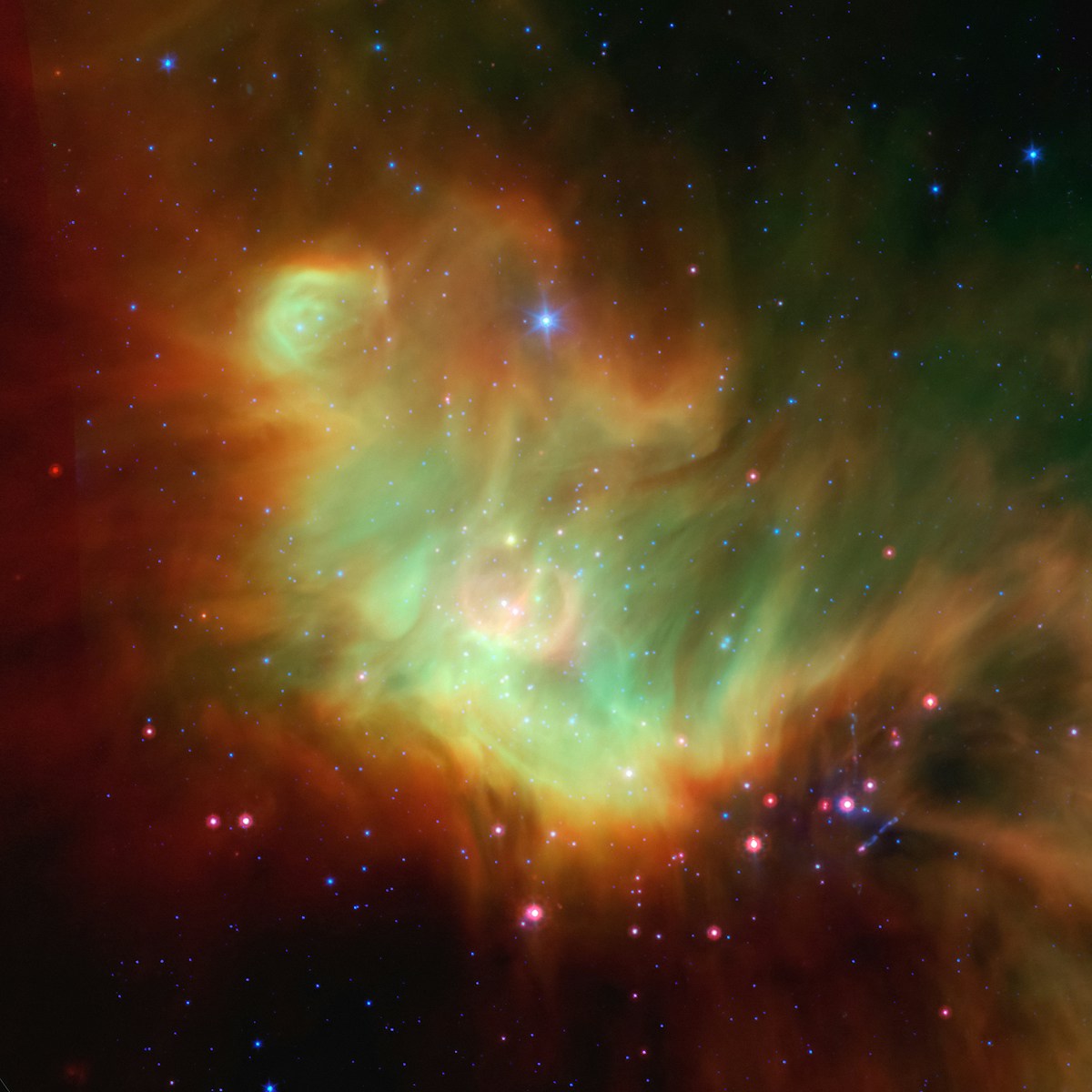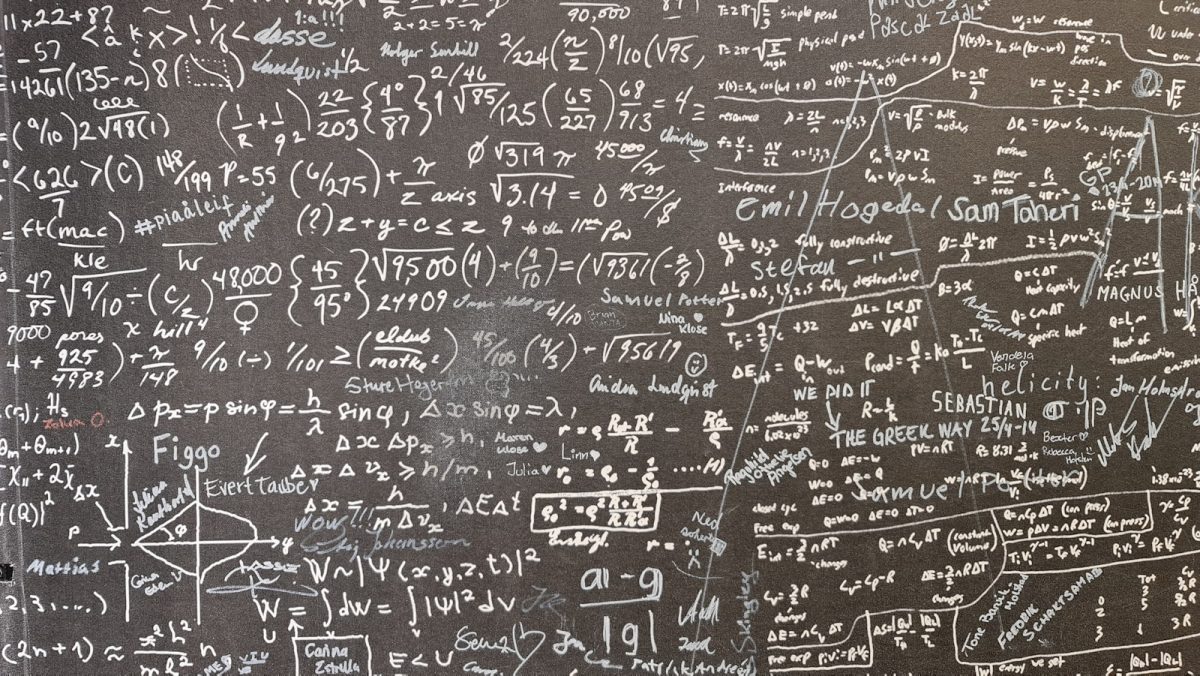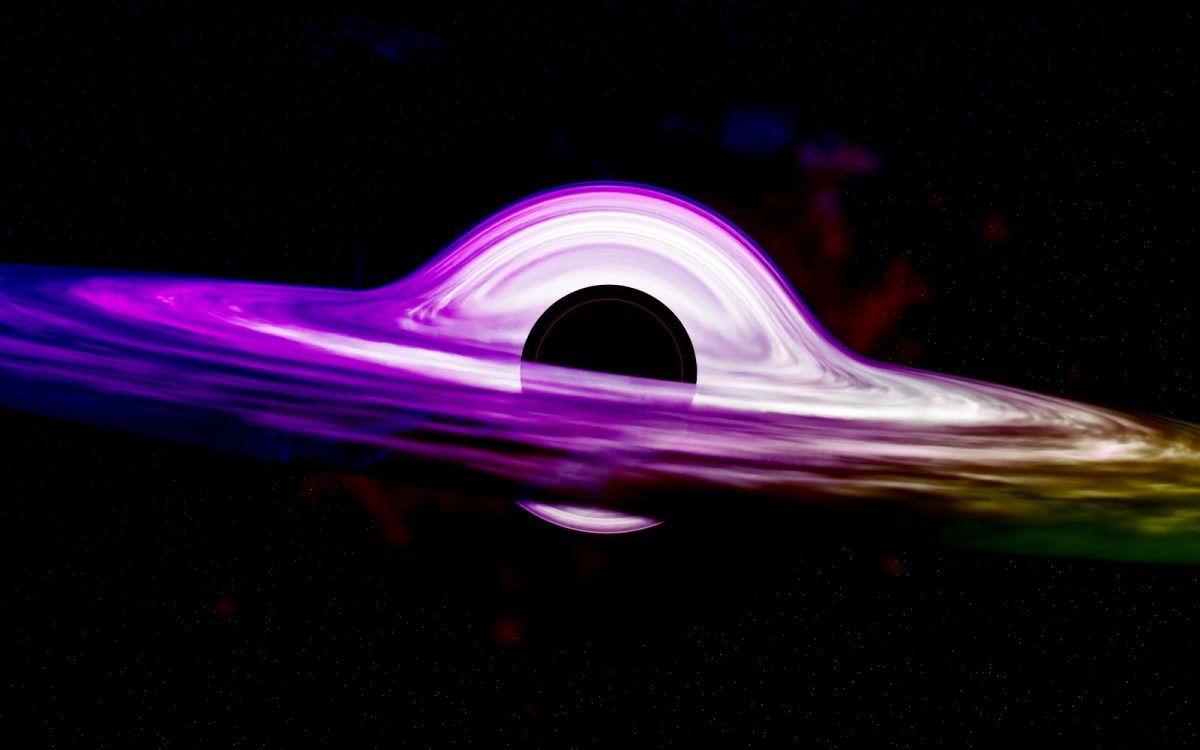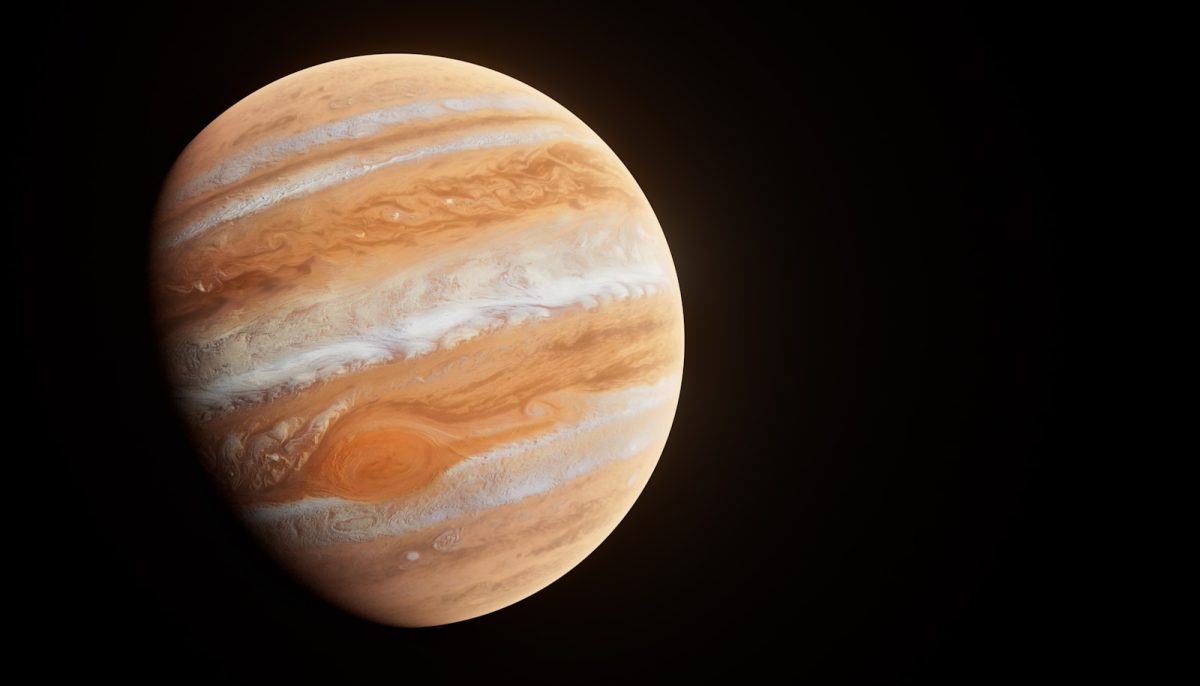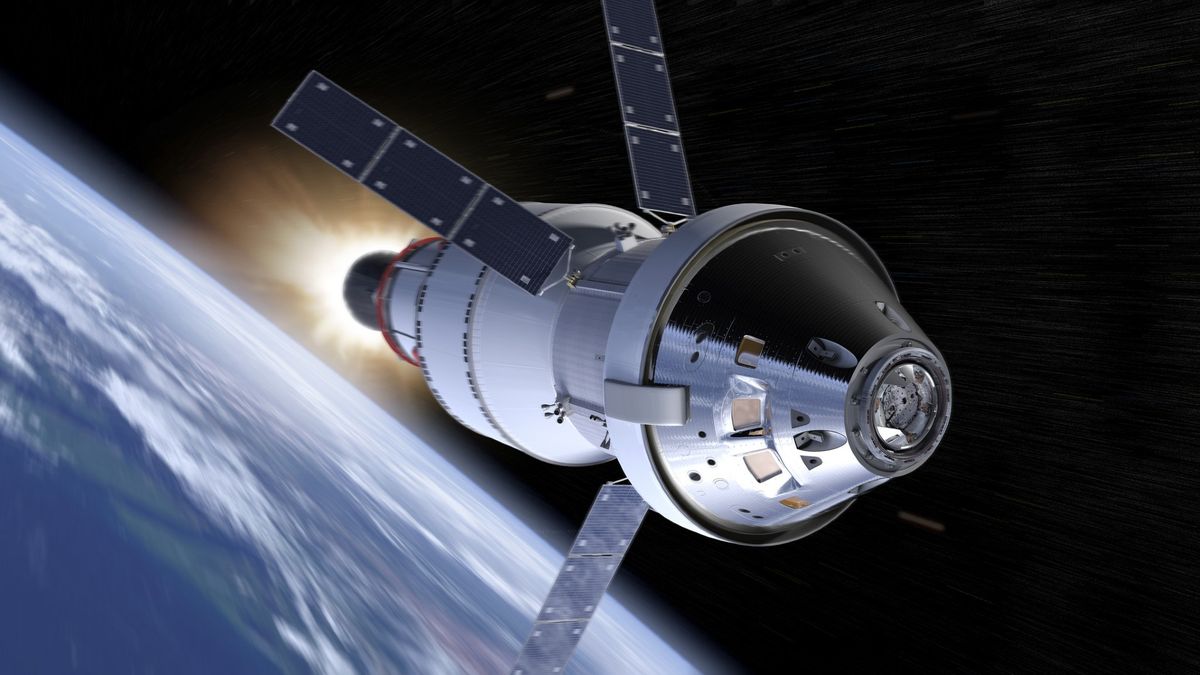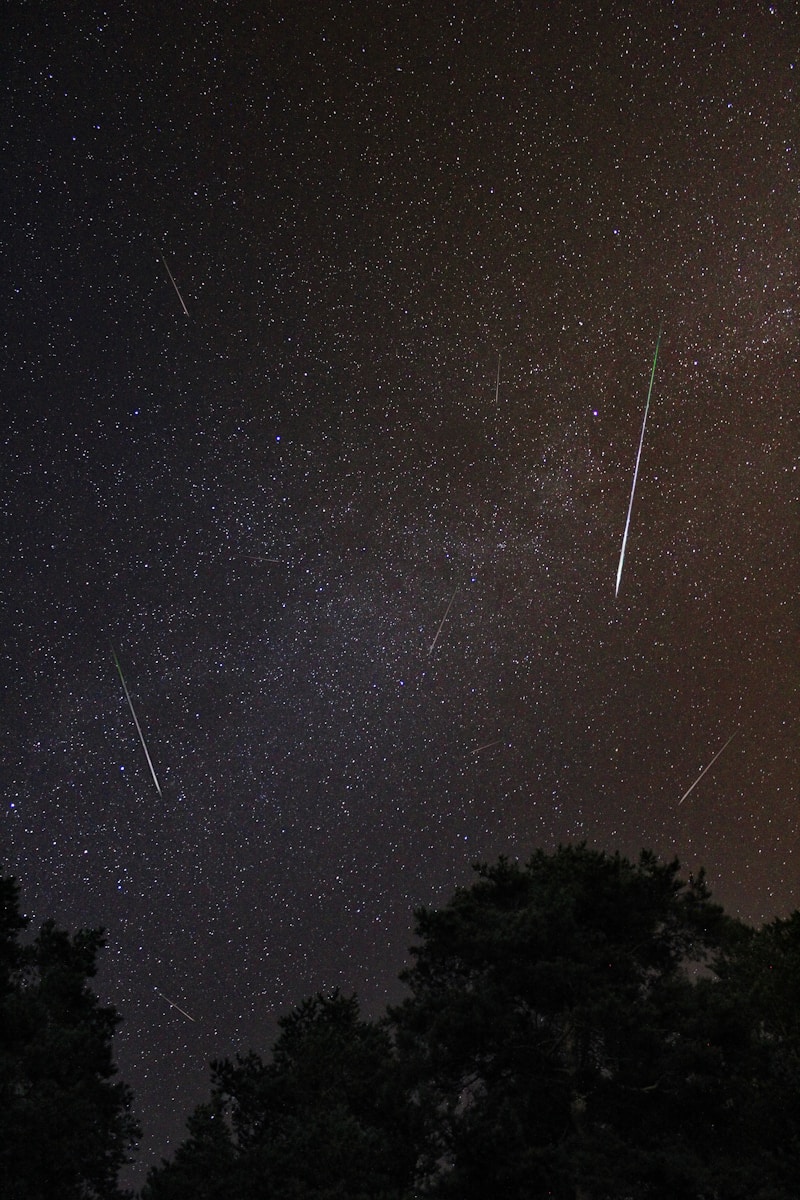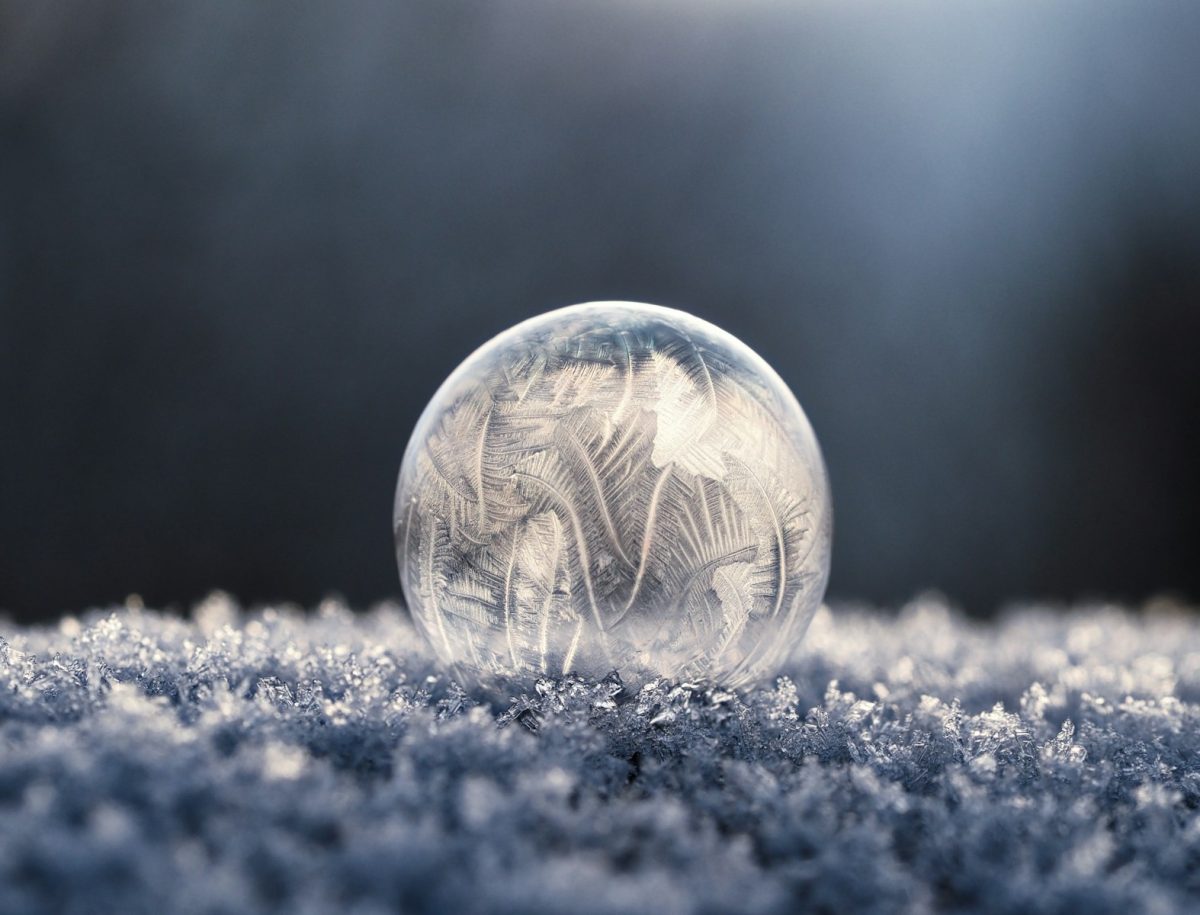In a literal sense, stars are very hot balls that are made of gases such as hydrogen and helium that are power by nuclear fusion but the creation of these stars is very complicated.
Where Do Stars Form?
Stars form in extremely large and heavy dust/molecular clouds that can be hundreds of light years across, and these molecular clouds eventually begin to collapse under its own gravity which causes clumps of matter to form which contract even further leading to a protostar.
After millions of years of pressure stars eventually reach 10 million kelvin it stars nuclear fusion through either the proton proton chain(low mass stars) or the CNO cycle(high mass stars) and stars that have reached this are called main sequence stars(such as our sun) that can produce their own energy, but there is a lot that happens to a protostar before this happens.
What is a brown dwarf?
Not all protostars are able to reach the high temperatures required to star nuclear fusion which leads to a brown dwarf A.K.A. a “failed star”
Different Pre-Main Sequence Stars
In the long time before nuclear fusion, different stars become different types of Pre Main Sequence stars. Another thing to mention is that a lot of Pre-Main Sequence stars are also variable stars which experience many changes either due to instability or to the evolution of the star.
T Tauri – A variable star that is typically less than 10 million years old, they are powered by gravitational energy as the star contracts. T Tauri stars emit lots of X-ray and Radio Waves. They grow thanks to matter fed to them through accretion disks which are floating clouds of matter.
FUor/ FU Orionis – Another variable star that is known to experiences many large changes and have outbursts of energy
Herbig Ae/Be – Less than 10 million years old, similar to T Tauri stars. Excess infrared radiation due to circumstellar dust
Different types of star classification
Stars vary lots between each other but they can be classified and put into groups based on different factors such as temperature, luminosity, and mass.
Harvard Spectral Classification – Based on surface temperature
Class O 30,000-60,000 Kelvin — Class B 10,000-30,000 Kelvin — Class A 7,500-10,000 Kelvin
Class F 6,000-7,500 Kelvin — Class G 5,000-6,000 Kelvin — Class K 3,500-5,000 Kelvin
Class M 2000-3500 Kelvin
Yerkes Spectral Classification – Based on luminosity and Temperature
Type Ia: Bright Supergiants Type IV: Sub-Giants Type Ib: Normal Supergiants Type V: Main Sequence
Type II: Bright Giant Type VI: Sub-Dwarf Type III: Normal Giant Type VII: White Dwarf
Related Stories:
https://science.nasa.gov/universe/stars/
https://www.aanda.org/articles/aa/full_html/2017/03/aa28260-16/aa28260-16.html#top_full
https://www.britannica.com/science/stellar-classification
Take Action:
